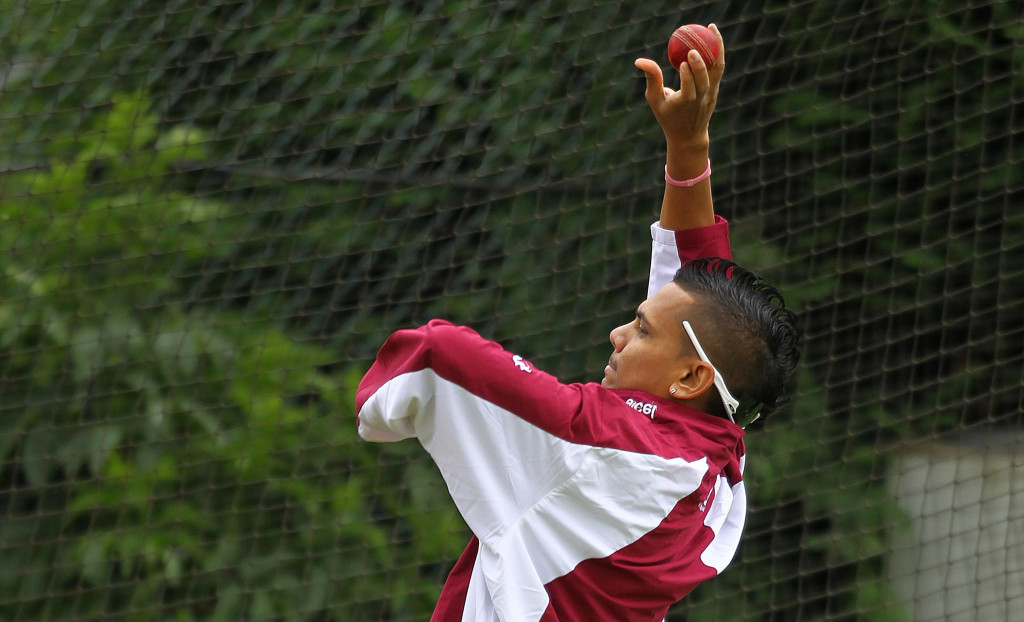Inside the last three months, the ICC has suspended 10 spin bowlers for suspect actions. It’s a farcical situation.
The next World Cup is looming on the horizon. It’s almost as though the sport’s governing body has gone behind closed doors and decided to wage war against bowlers. A game that has been modified to suit the batsman has just been taken to another level. What’s happening at the moment amounts to a purge of spin bowlers.
After Muttiah Muralitharan chucked his way to plenty of his 800 Test wickets, the ICC seem to have decided to crack down against spin. Perhaps they have seen the rise in spinners who have started to populate the top end of the averages when it comes to the bigger international competitions, and feel that they want to give the game back to the batsmen.
In recent times bowlers have had to contend with field restrictions in the opening overs of their limited-overs matches, they are only allowed to bowl one short ball an over, anything down the leg side, even missing leg stump by a centimetre or two is called a wide, free hits have come into the game and a full toss above waist high is no-balled.
The batsman meanwhile, have been allowed to wield willows that have been developed in science labs rather than on a woodwork bench, equipment and padding sees them walking down the pitch to bowlers delivering at 140kph, reverse/switch hitting, applying outrageous ‘scoop shots’ and seen 50 replace 40 as the new average to be benchmarked against.
What the ICC has done, without saying it, is to look at the game and make the decision that the crowd wants to see the ball disappearing into the stands more than they want to see the sight of middle stump cart-wheeling out the ground. In terms of batting totals, the ICC wants to see 180-190 become the ‘par’ score for a Twenty20 innings, whereas that only a couple of years ago 140 was considered a really defendable target. No more.
‘That’ 438 game at the Wanderers might still seem a complete freakish sequence of events in the 50-over game, but nowadays 300 is the new 200, and with the game being given more and more to the batsmen that figure will go up to 350 on flat tracks. It won’t be too long, at the current rate, where 400 is in danger of being overtaken by a team batting under the sun on a belter.
The 10 players reported for a suspect bowling action since July, most of which have now been banned, are Sachithra Senanayake, Kane Williamson, Saeed Ajmal, Prosper Utseya, Sunil Narine, Mohammad Hafeez, Adnan Rasool, Suryakumar Yadav, Prenelan Subrayen and Sohag Gazi.
Narine, the mercurial West Indian, played a couple of games for the Cape Cobras in South Africa’s Pro20 competition and Cobras wicketkeepr Dane Vilas got to see a bit of him.
‘He bowled with quite a lot of variations in the nets but when it came to the matches itself he mainly stuck to three different deliveries: the one that moved away from the right-hander, the stock off-spinner and his quicker ball – which just about every bowler uses as well. It just seems to be, and the players were talking about it quite a lot in the recent Champions League T20 in India, that there has been a big drive by the umpires to eradicate chucking from the game. There has been the emergence of a lot of spinners and they are now under close inspection,’ Vilas said.
I’m of the opinion that if the ‘chucking’ is marginal and hardly visible to the untrained naked eye, then leave it be. It’s almost as though there was one rule for Murali and now that he’s been consigned to history, it’s open season on just about every spinner out there. And how odd is it that it’s only the spinners that have been hung out to dry. Do fast bowlers not chuck anymore?







